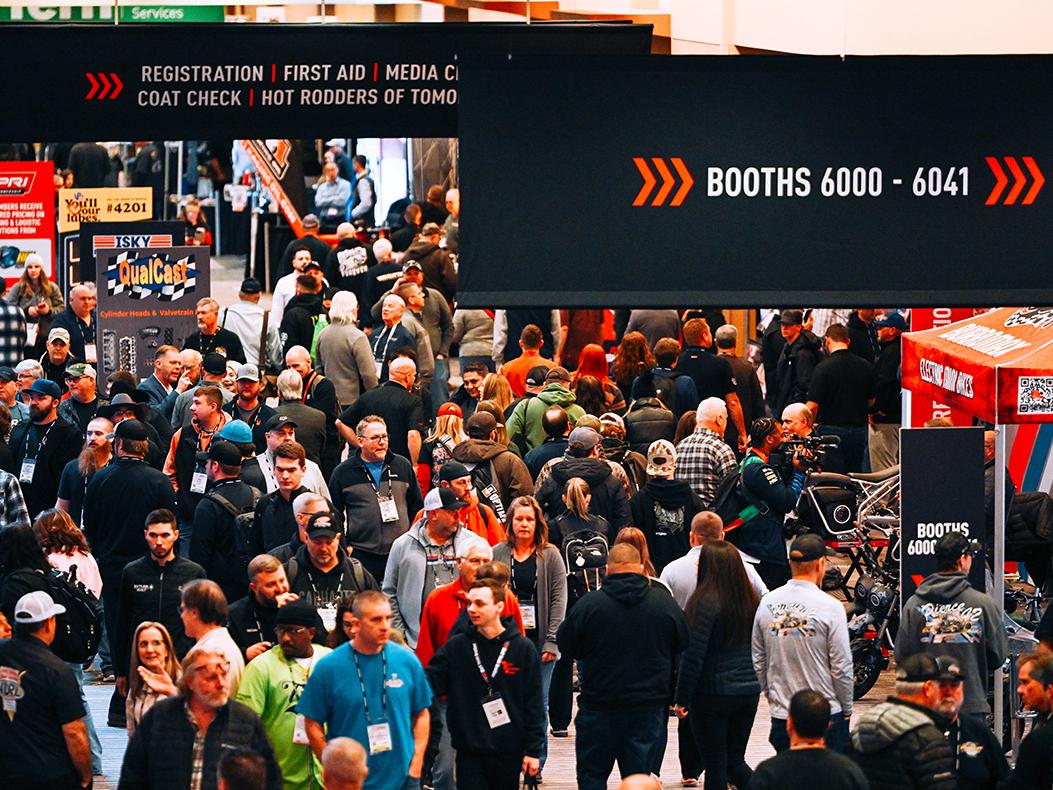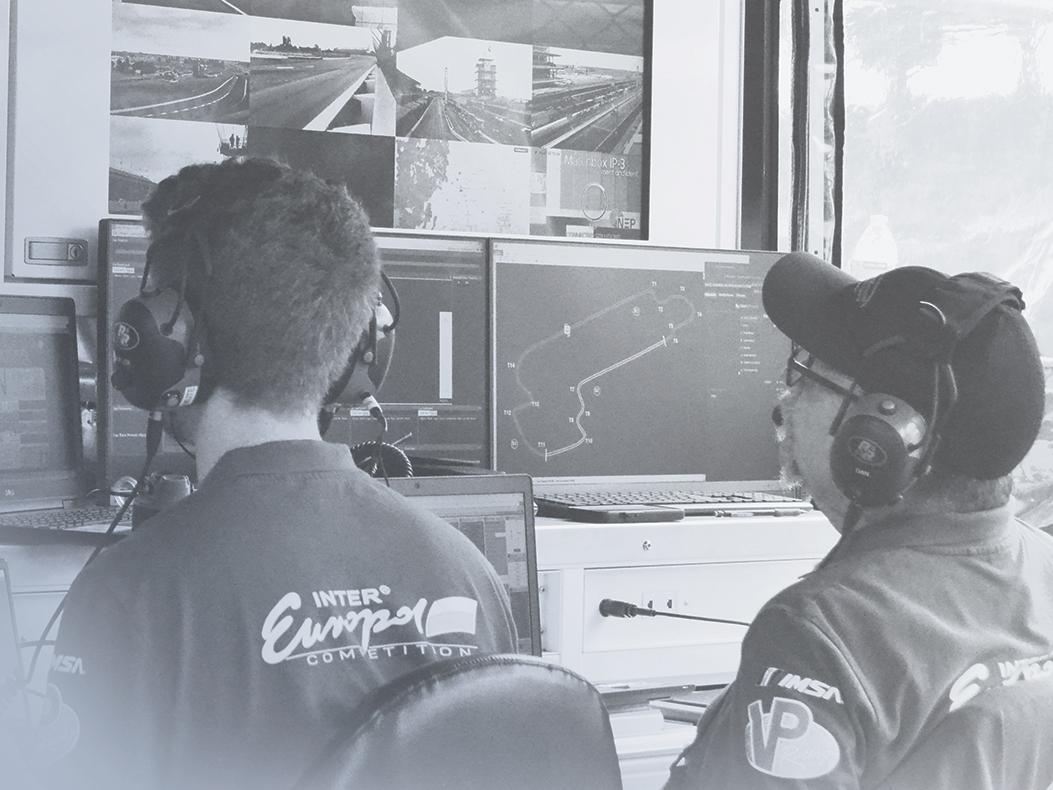Informed Performance
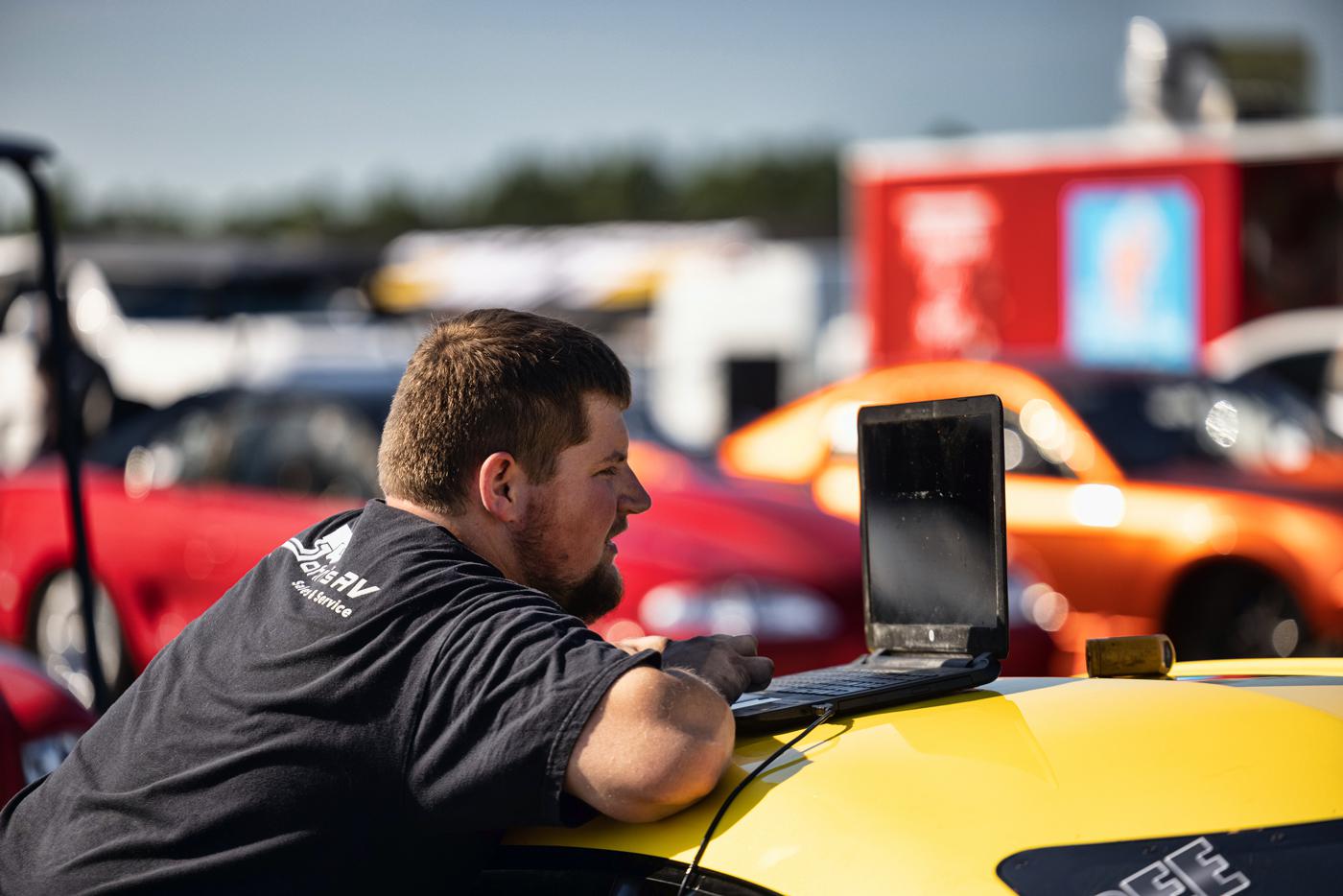
With such a wide range of price points and feature sets currently available, determining which data acquisition system best suits a particular racer’s requirements can be difficult. Industry experts cut through the noise to figure out what a given driver needs—and what they don’t.
From the top tiers of motorsports to the grassroots, data acquisition has become nearly ubiquitous in recent years. There’s a very good reason for that.
“When it comes to racing, knowledge is power,” said Evan Perkins of Holley Performance Products, Bowling Green, Kentucky. “So it’s no surprise that data logging has been commonplace in drag racing and road racing disciplines for a long time. What’s interesting is that we’re starting to see a lot of growth in the side-by-side and UTV market. As more series pop up for these racers to run in and it gets more competitive, they’re looking to find an edge over the rest of the pack. Data logging is a really effective way to do that.”
But it’s certainly not a “one size fits all” proposition, and with so many variables in the mix, it can be tough to nail down what type of data logging system makes the most sense for a specific application. As our experts attest, simply choosing the most elaborate solution that a budget will allow may not be the most ideal approach.
Emerging Trends
Since its inception, data logging has been closely tied to technological progress at large. As with mobile phones and other consumer devices, as cutting-edge technology from prior years becomes more mainstream, it allows for the integration of more advanced features at price points that make these devices accessible to a greater portion of the market.
“Camera systems have really taken off for us,” said Cameron Bennett of AiM Sports, with offices in Lake Elsinore, California, and Roanoke, Virginia. “Once we got into high-definition, CAN-based cameras, it really created this powerful tool for data logging. Things like rpm, throttle and brake position—any channel that you might want to bring over—can be overlaid onto the video in real time. There’s no post-processing needed to combine the video with the data. It’s something where a driver can say, ‘I wonder why I was off-pace going through turn two on lap three’ and go back to that point in the video to see what their hands were doing, what their feet were doing, and what the car was doing in order to figure out where the issue was. It’s something we initially saw in top-tier road racing series, but it’s all over the board now, from karting to IndyCar.”
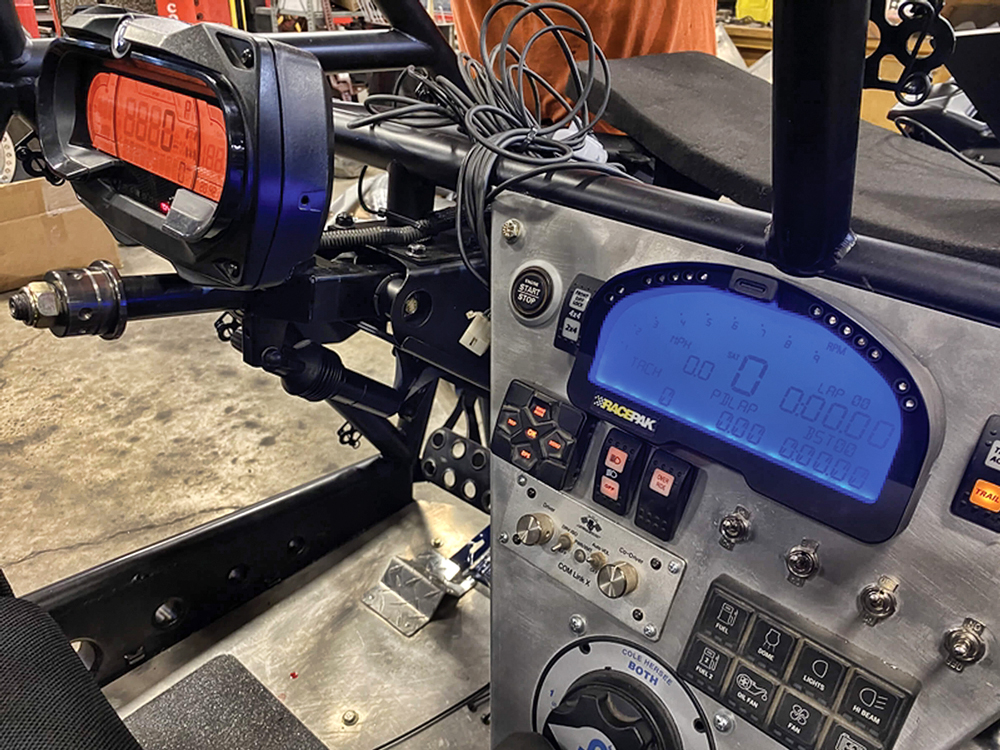
Perkins said that as UTV racing has grown in popularity, data loggers have been adapted to capture information that’s specific to the unique characteristics of those vehicles. “It opens up a whole new world of data points. For instance, a lot of side-by-side racers use data loggers to monitor CVT belt temperatures to make sure the belt doesn’t overheat. It’s critical for them because if that belt fails, they are stranded until it is replaced.”
Marc Erickson of AutoMeter Products in Sycamore, Illinois, said that as younger, more technically savvy generations of drivers get on the grid, he has noticed a more educated approach to data logging. “They have a better understanding of what they need from a system based on the car they’re running. So we’re seeing somewhat of a shift away from all-purpose data logging systems that can do, say, a hundred channels to ones that offer fewer channels and are more affordable, but have the specific functionality that those racers need. In that respect, another big change we’ve seen recently is in memory. For a long time, memory chips were really expensive, but they’ve become so inexpensive that the same components can be built with much less money now, which in turn costs the customer less money.”
Keeping It Simple
Entry-level systems typically range from about $400 to $1,000 and can provide information that’s critical to a driver’s success.
“It’s one of those things that when the car is running great, it might feel unnecessary,” Erickson pointed out. “But when the car does that one weird thing that’s hard to explain, that’s where data logging pays for itself.”
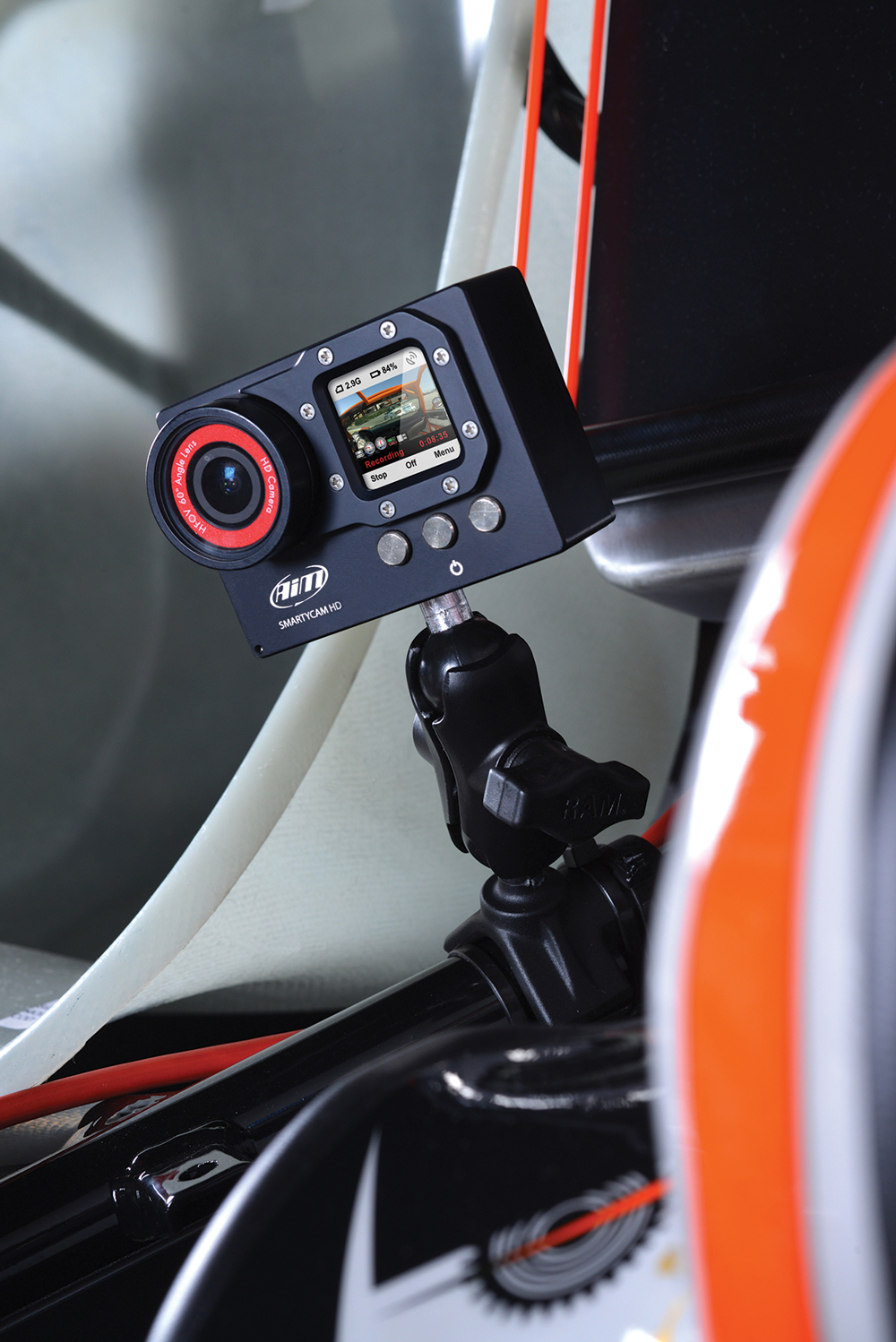
Dennis Lawler of Exhaust Gas Technologies in Chino, California, said that systems in this price range typically collect data that is useful mainly from a diagnostic standpoint. “Things like rpm’s, exhaust temperatures and pressures,” he cited, “information downloaded after the run mainly for tuning and troubleshooting purposes. Exhaust temperatures, for example, can tell whether the engine is running too lean or too rich. That can be dialed in between rounds.”
Bennett said that even these budget-minded systems can offer a wide range of information. “A system like the Solo 2 DL taps into the vehicle’s ECU to get quite a bit of data—rpm, throttle, some kind of MAF or MAP sensor information, and sometimes brake data as well. That usually covers the basic necessities. But what’s available ultimately varies from manufacturer to manufacturer. With a platform like the BMW F-series, we can gather 41 different channels from the ECU, everything from wheel speeds at each corner of the car and steering angle to water and oil temperatures.”

Perkins said when moving up the hierarchy of systems toward the top of this price range, the core differences are often the number of channels of data that can be captured simultaneously. But more sophisticated data logging systems also require more sophisticated vehicle setups in order to utilize the additional capability.
“The Racepak Sportsman, for example, is a totally standalone system that can capture data from an EFI car or a carbureted car, and it has 25 dedicated channels for monitoring,” he explained. “For a drag racer, that could be things like driveshaft rpm, so a racer can compare that with engine rpm to detect slip in the drivetrain and how well the car is hooking up. Shock travel can also be monitored to see how the suspension is behaving during launch. But it’s important to remember that sensors are needed to support these functions. The vehicle itself needs to be set up to provide that data to the system.”
Going Hardcore
High-end data loggers generally range from $1,500 to $3,000, but for teams competing at the highest levels of racing, the investment can venture well into five-digit territory. “A Top Fuel team might spend $30,000 or more,” Lawler said. “These systems are going to have many, many more inputs, because the more you know, the faster you go. It’s a situation where a crew chief needs to see all of this data at the same time in order to program the car properly for a specific run.”
Erickson noted that systems like these benefit racers in ways that go beyond sheer performance. “This kind of information will not only allow teams to tune the car to go faster, but they can also be a great early warning system if the car is losing oil pressure somewhere, or something along those lines.”
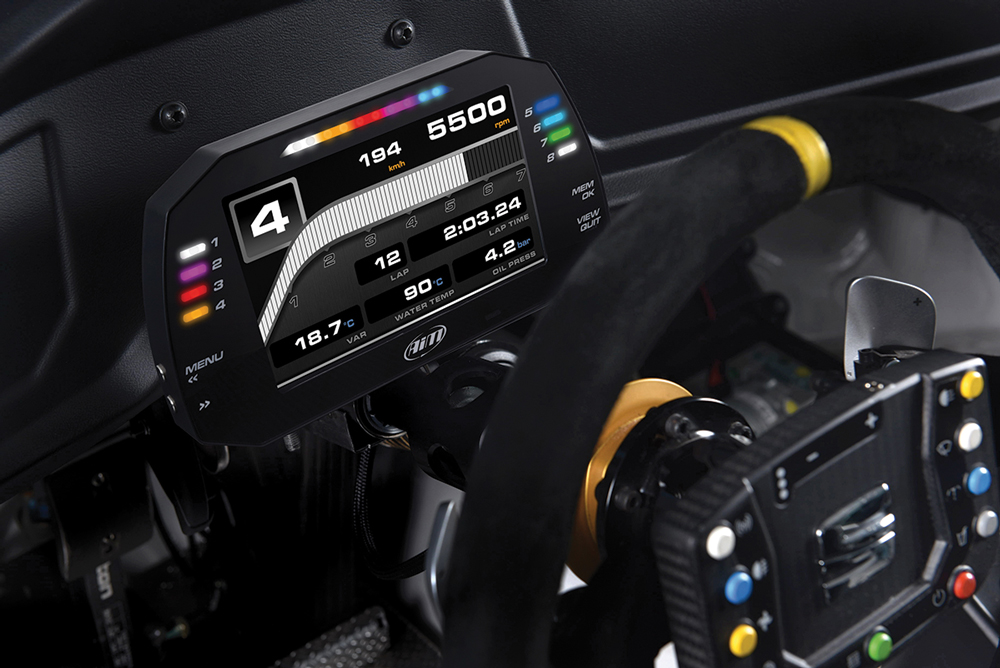
Beyond the number of different channels of data that can be recorded at a given moment, advanced data logging systems are also outfitted with greater processing power to capture information at a higher refresh rate. Refresh rate can be incredibly important when troubleshooting an issue that happens for a fraction of a second and only under certain circumstances, as it could end up being the difference between seeing all of the data needed to correct the problem or missing it entirely.
“At the professional level, the refresh or sampling rate becomes a much bigger priority,” Bennett said. “Something like the MXG 1.2 can sample an analog sensor at up to 1,000 Hz, or 1,000 times per second. Sometimes that level of precision is necessary in order to get the information needed.”
Communication Is Key
Because of the specificity of certain applications and the potential complexity of the vehicle setup required to capture some types of data, Erickson said that figuring out which system is the best fit for a particular racer usually comes down to a conversation with them about their specific goals with the system.
“I ask them what type of vehicle they have, what they’re doing with it—is it naturally aspirated, or a blower car, or turbocharged, or are they running nitrous—and what type of class they’re running,” Erickson explained. “From there I usually ask them what they want to monitor. Some folks know and some don’t. If they’re not sure, we’ll look at the car and the class they’re running in, and I’ll explain what the norm usually is. These days a lot of folks are really well versed on the subject, so they already know exactly what they want out of the system. Having the specifics about what they want to do and what type of budget they’re working with makes it a lot easier to zero in on what’s going to work best for them.”
Perkins said that for the entry-level buyer, it’s about data logging the parameters that will keep the car out of trouble. “Oil pressure and temperature, engine temperature, things like that are a good place to start in order to create a safety net for a race program,” he advised. “From there, start looking at sensors to monitor vehicle performance in terms of traction, acceleration, lateral G’s and so on. If you make a change to the shocks and want to see if it actually increased grip, data logging is a great way to substantiate whether or not the change is in the right direction.”
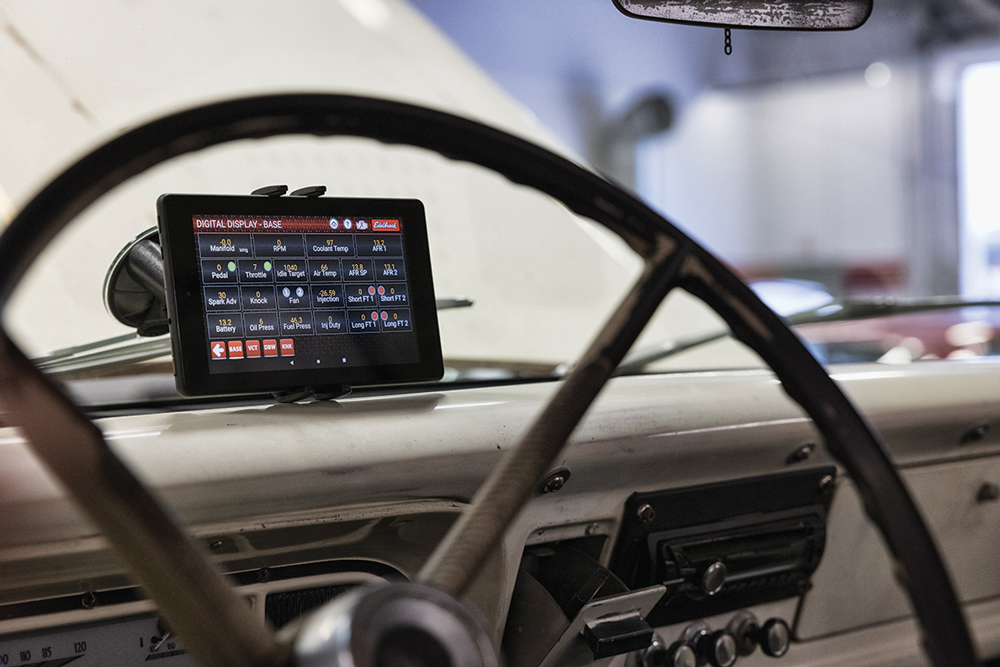
Bennett agreed that the best way to really determine which data logger best fits an application is to start by gathering some data from the driver. “There are folks at the grassroots level who will spend more on the data system than they did on the car. They’re just really into the data and love using it to get a better understanding of the vehicle’s performance as well as their own. Then there are some really seasoned drivers who have cars that are really well taken care of, and they don’t necessarily need all the data. It comes down to a 20-minute conversation to figure out what their goals are with the system and what they want to see. If they want specific features, we can narrow the field down through a process of elimination to get to the right system.”
Lawler suggested a similar tactic as well. “Ask them what they’re seeing now and what they wish they could see. That helps develop a picture of what their program looks like, and which piece of equipment is going to get them what they want.”
He’s also quick to point out that the data logger is one piece of a larger data acquisition puzzle. “Some car owners will be kind of brave and say, ‘Just give me everything,’ but the team might not have the capability or experience to use that information properly. That’s going to end up being a waste unless the crew chief is taught about the data they’re going to see and how they’re going to interpret it. So training can become part of the process
as well.”
SOURCES
–
AiM Sports
aimsports.com
AutoMeter Products
autometer.com
Exhaust Gas Technologies
exhaustgas.com
Holley Performance Products
holley.com
 MEMBERSHIP LOGIN
MEMBERSHIP LOGIN JOIN PRI
JOIN PRI
